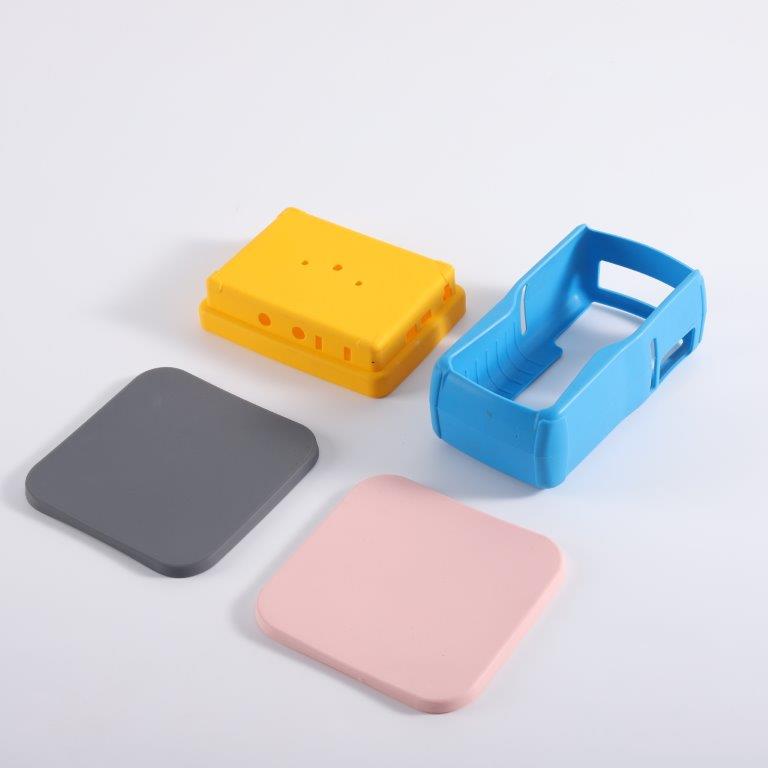Digestion and Absorption: Let the Imported Technology Make the Best Use of It———The Second Development Strategy of Chemical Technology in Japan
In the 1950s, Ishida, the manager of Mitsui Chemicals Corporation, visited West Germany. After learning of the intelligence of atmospheric polyethylene, the company first purchased the patent that was not industrialized at US$1.2 million, and built the first high-density polycondensation in Japan in 1958. Ethylene plant. Showa Denko Japan also quickly introduced this technology and realized industrialization in 1959. This narrowed the technological gap between the European countries and the United States in plastic production, and quickly reached the world's advanced level.
Ethylene vinyl acetate was considered abroad as one of the major technologies in the field of petrochemicals in the late 1960s. The company used Bayer's technology in 1968 to build the world's first vinyl acetate production facility. In the early 1960s, one-third of the R&D costs of Japanese chemical companies were used to introduce technology. Obviously, Japan has been catching up with advanced countries in the world from the extremely post-war desolated state to the world in the short term, and it has a great relationship with its technology introduction.
It is worth emphasizing that Japan’s important reason for its success is not simply the introduction and imitation, but the synthesis of the most advanced science and technology in the world, the digestion and transformation of imported technology, and the establishment of its own industry on this basis. Technology System. In the synthetic fiber industry in Japan, Japan not only introduces more technology, but also compares different routes of major varieties, assesses the advantages and disadvantages, and eliminates outdated technologies. Production routes are increasingly concentrated. For example, Ube Kogyo Co., Ltd. of Japan improved the imported Texaco gasification process in the United States. Due to energy crisis, oil price increases, and other factors, Duoli crude oil with low sulfur content was initially changed to atmospheric residue. Later it was changed to vacuum residue, and the industrial installations have been operating normally for several years.
After the Second World War, in order to develop the chemical industry, Japan's chemical companies not only used a large amount of research and development funds to introduce foreign technology, but also used Western countries' joint ventures and cooperation to obtain advanced technologies. For example, Zion Corporation, one of the top ten rubber companies in the world, has developed on the basis of a joint venture between Japan and the United States, with the introduction of advanced production technology and the establishment of various rubber production facilities. The technical monopolization of pesticides is very strong. In the process of introducing pesticide technology, Japan adopted a joint venture approach. Products such as “Mizuoâ€, “Rice and Riceâ€, and “Shu Kuai Kuai†passed through Rohm and Haas. Bayer and other large multinational companies were introduced in a joint venture.
After the Second World War, the Japanese chemical industry, while trying to introduce advanced foreign technology, also paid attention to large-scale investment in equipment, which led to the expansion of production scale and the reduction of costs. In the 1950s, the average growth rate of the Japanese chemical industry was 17.9%, compared with 14.6% in the 1960s. Fertilizers and the three major synthetic materials were sold well in Southeast Asia and the Americas. By 1975 Japan’s exports of chemical products were US$5.03 billion, accounting for 9% of Japan’s total value of merchandise exports. The rapid development of the chemical industry has made tremendous contributions to the sustained high-speed growth of the Japanese economy.
Compression molding is a manufacturing process that uses a cavity half and a core half of a mold to form material into a specific shape created by the two mold halves. Compression molds vary depending on the material being compressed and the dictates of the type of mold required.
Typically, a compression mold is mounted in a vertical press (unlike the horizontal presses that are prevalent in the Injection Molding process). Compression molding often requires that the [charge" of material be loaded into the mold, either manually or automatically, prior to the mold halves closing.
- The loss of raw materials is small and will not cause too much loss (usually 2% to 5% of the product quality).
- The shrinkage of the product is small and the repeatability is good.
- A mold with a large number of cavities can be placed on a given template, and the productivity is high.
- It can be adapted to automatic feeding and automatic removal of products.
- High production efficiency, easy to realize specialized and automated production.
- The product has high dimensional accuracy and good repeatability.
- The surface is smooth and clean without secondary modification.
- Products with complex structures can be formed at one time.
- Mass production, relatively low price.
we ever did many compression silicon parts , the hardness from 30shore A till 80shore A, colors can be customized whatever you want, we can do the compound color for you. Several free samples for the review before the overall demand running to ensure everything is clear and aligned to go. Please contact us for the professional suggestions, we have been in this field for more than 15years. thanks.
Compression Molding,Compression Forming,Rubber Compression Molding,Compression Moulding Process
Suzhou FCE precision electronics Co., LTD , https://www.fukeyifcesz.com